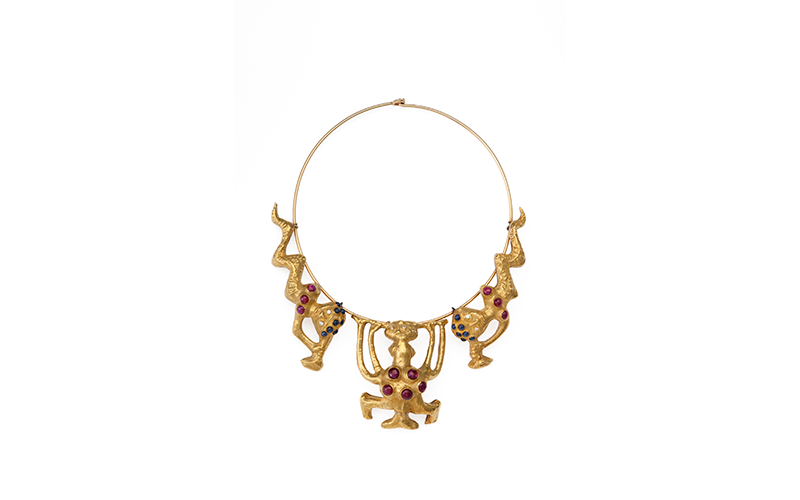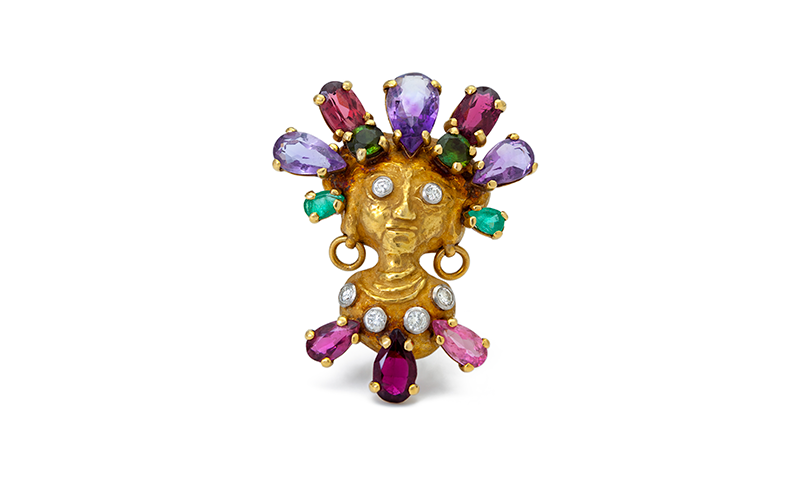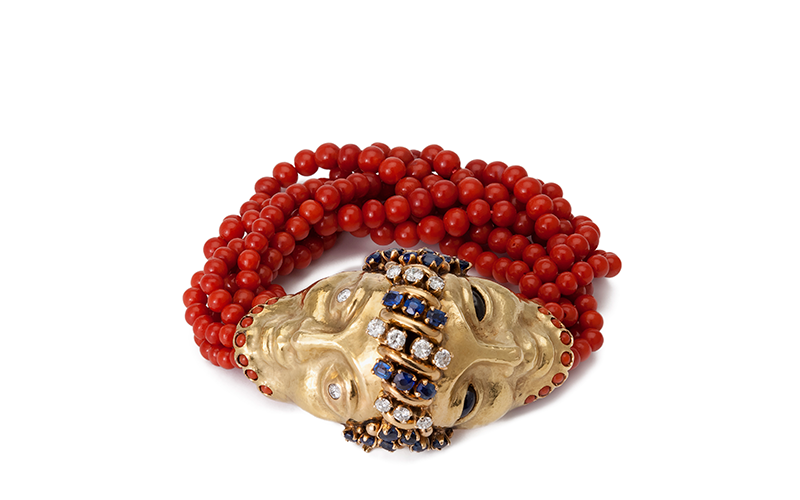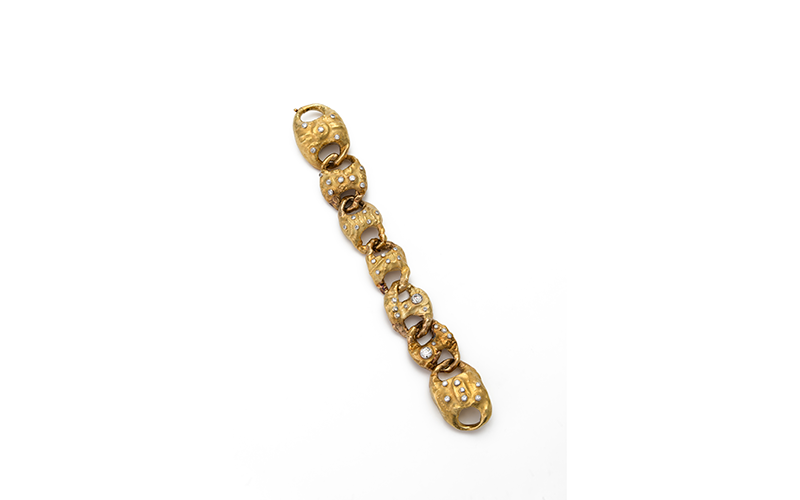- Events & Programs Home
- Calendar
- Accessibility
- Adults
-
Families & Teens
- Families & Teens Home
- 10x10 Teen Art Expo
- Art on the Rise
- Art Together: Art Making for Families with Children Ages 3–5
- Babies Sing with May Festival Minis
- Boy Scouts / Girl Scouts
- CAM Kids Day
- Family Storytime and Gallery Walk
- Family Studio: Art Making for Families with Children Ages 6–12
- Games in the Galleries
- Members-Only Baby Tours
- Public Baby Tours
- REC Reads
- Rosenthal Education Center (REC)
- Saturday Morning Art Class
- See Play Learn Kits
- Summer Camp
- Teen Fest: Zine and Comic Exchange
- RECreate
- Teachers
- Community Outreach
- Fundraisers
- Plan Your Own Event

- Events & Programs Home
- Calendar
- Accessibility
- Adults
-
Families & Teens
- Families & Teens Home
- 10x10 Teen Art Expo
- Art on the Rise
- Art Together: Art Making for Families with Children Ages 3–5
- Babies Sing with May Festival Minis
- Boy Scouts / Girl Scouts
- CAM Kids Day
- Family Storytime and Gallery Walk
- Family Studio: Art Making for Families with Children Ages 6–12
- Games in the Galleries
- Members-Only Baby Tours
- Public Baby Tours
- REC Reads
- Rosenthal Education Center (REC)
- Saturday Morning Art Class
- See Play Learn Kits
- Summer Camp
- Teen Fest: Zine and Comic Exchange
- RECreate
- Teachers
- Community Outreach
- Fundraisers
- Plan Your Own Event
The Italians
The Italians
- Home
- Plan Your Visit
- Art
-
Events & Programs
- Events & Programs Home
- Calendar
- Accessibility
- Adults
-
Families & Teens
- Families & Teens Home
- 10x10 Teen Art Expo
- Art on the Rise
- Art Together: Art Making for Families with Children Ages 3–5
- Babies Sing with May Festival Minis
- Boy Scouts / Girl Scouts
- CAM Kids Day
- Family Storytime and Gallery Walk
- Family Studio: Art Making for Families with Children Ages 6–12
- Games in the Galleries
- Members-Only Baby Tours
- Public Baby Tours
- REC Reads
- Rosenthal Education Center (REC)
- Saturday Morning Art Class
- See Play Learn Kits
- Summer Camp
- Teen Fest: Zine and Comic Exchange
- RECreate
- Teachers
- Community Outreach
- Fundraisers
- Plan Your Own Event
- Give & Join
- About
- Tickets
- Calendar
- Exhibitions
- Collections
- Blog
- Shop
Although the spirit of the times certainly drove more jewelers to create the avant-garde, the seeds of this metamorphosis belong to an earlier decade. In the late 1940s, Mario Masenza, a third-generation jeweler, invited Italian contemporary painters and sculptors to design jewelry to be realized in the Masenza workshop in Rome. Artists of the past were no stranger to working at the bench. In the Renaissance, it was traditional for them to be proficient in different mediums, including goldsmithing. Great masters such as Leonardo da Vinci and Andrea Mantegna learned these skills as part of their artistic training. Masenza’s objective for this collaboration was to revitalize the declining jewelry trade in Italy following World War II. Over 30 artists accepted the invitation.
Masenza succeeded in creating a strong association between art and jewelry-making with this venture, resulting in the infusion of a more modern aesthetic in Italian design. This included innovative textures and the concept of abstraction. The outcome of this partnership was first shown in an exhibition at the Galleria Il Milione in Milan in 1949, which included two of the artists whose work is shown here—Afro Basaldella and Franco Cannilla. By the mid-1950s, this style of jewelry was widespread and popular enough to be featured in Italian fashion magazines.
Cincinnati, OH 45202
Toll Free: 1 (877) 472-4226
Museum Hours
Museum Shop
Terrace Café
Library
Cincinnati Art Museum is supported by the tens of thousands of people who give generously to the annual ArtsWave Campaign, the region's primary source for arts funding.

Free general admission to the Cincinnati Art Museum is made possible by a gift from the Rosenthal Family Foundation. Exhibition pricing may vary. Parking at the Cincinnati Art Museum is free.
Generous support for our extended Thursday hours is provided by Art Bridges Foundation’s Access for All program.

General operating support provided by:



 Necklace with Three Pendants by Afro Basaldella
Necklace with Three Pendants by Afro Basaldella
 Brooch by Afro Basaldella
Brooch by Afro Basaldella
 Bracelet by Franco Cannilla
Bracelet by Franco Cannilla
 Janus Coral Bracelet by Franco Cannilla
Janus Coral Bracelet by Franco Cannilla
 Bracelet by Franco Cannilla
Bracelet by Franco Cannilla
